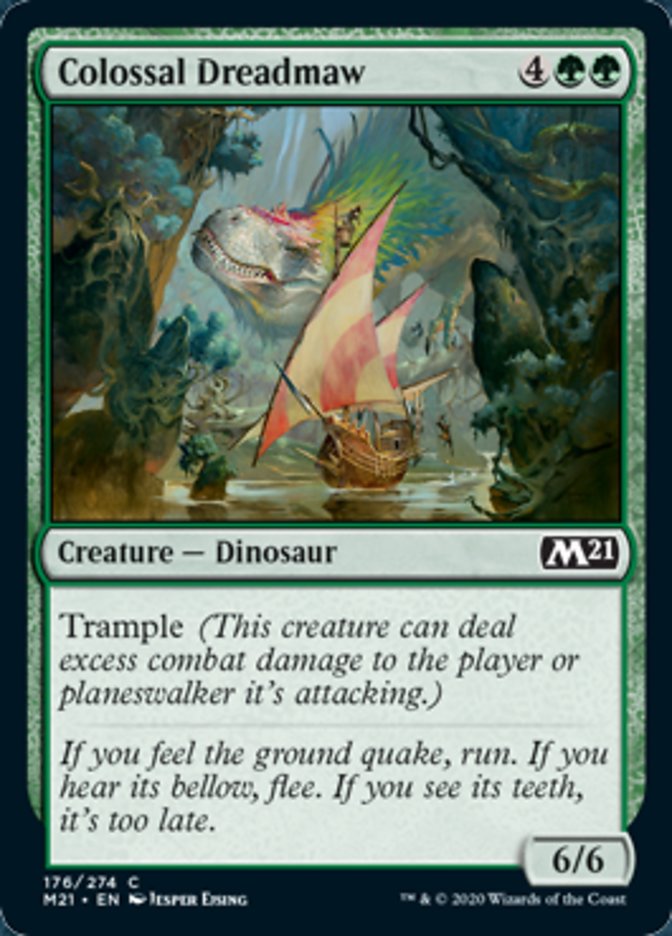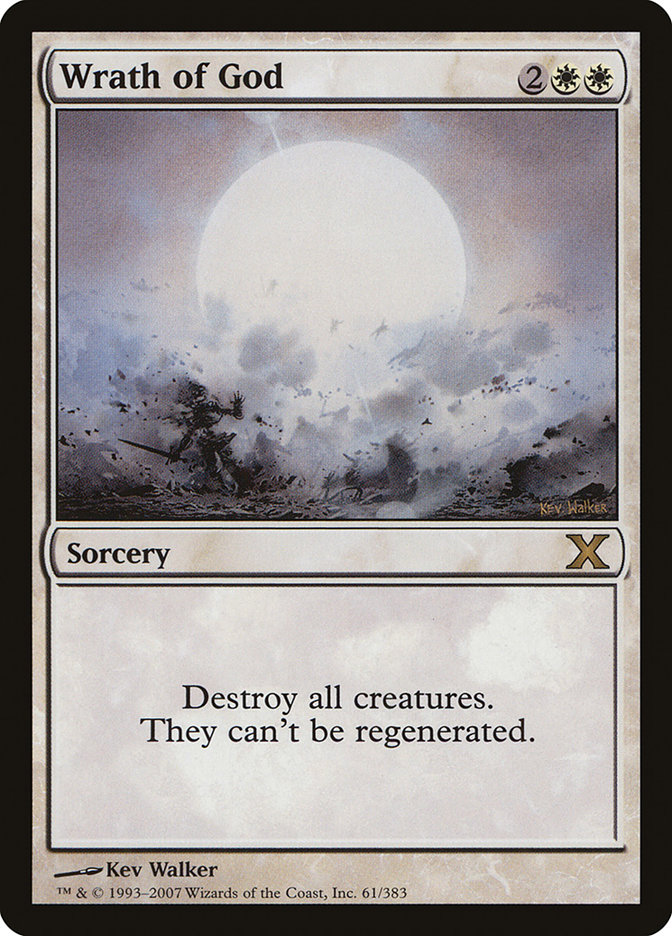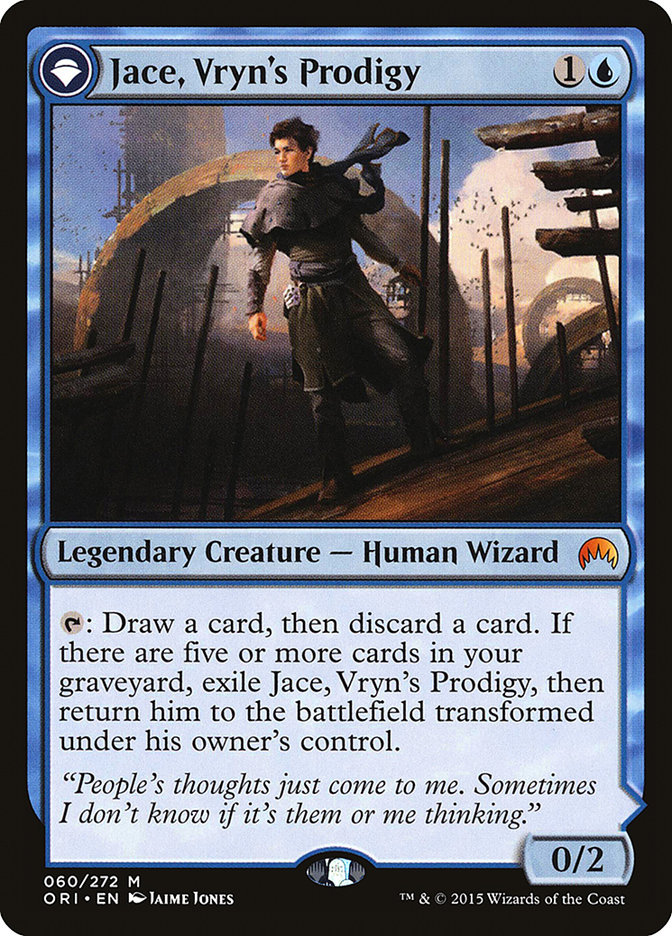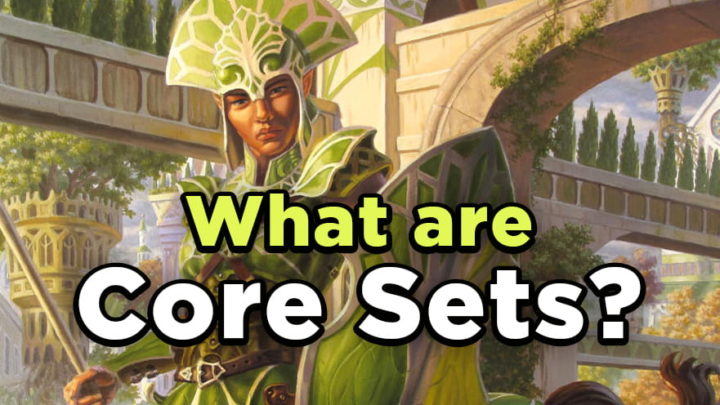Magic: the Gathering is a complex game, and there’s a lot to learn with the release of each new set. But if you’re ever feeling lost, Magic‘s core sets are here for you. Let’s take a look at the history of core sets and what makes them an accessible starting point for new players.
What is a Core Set?
Magic‘s core sets are released every summer, and they are perfectly positioned to welcome new players into the game for a variety of reasons.
For one thing, Core sets are less mechanically complex than other sets. They don’t introduce powerful or complicated new mechanics, and they’re generally designed to be easy to draft. That lower complexity leaves room for accessibility tools, like reminder text for evergreen mechanics and draft archetypes that showcase the abilities players should expect from each color and color pair. A player who starts with a core set has time to build up their understanding of Magic‘s rules and the rhythm of play, and to prepare themselves for the exciting complexity of the following set.

The lore of core sets is also usually less complex for similar reasons. Where other sets expect players to be invested in an ongoing story, core sets provide an entry point to the broader history of the Multiverse. Core sets may reintroduce recurring characters such as Liliana Vess and Ajani Goldmane to help players catch up, or introduce new characters like Basri Ket and Vivien Reid. This allows core sets to reinforce the mechanical and narrative themes of the surrounding sets without being constrained by ongoing story. While some core sets have had more involved stories, they usually serve as “breather episodes” that lower the barrier to entry for new players.
Core Sets Through the Years
Core sets were originally designed as opportunities to reprint useful cards, starting in 1993 with Unlimited Edition. Early core sets were numbered starting with Fourth Edition in 1995 (counting Alpha and Beta together as the first edition, Unlimited as the second, and Revised as the third). Cards in these sets were printed with white borders to distinguish them from first printings of cards, which had black borders. However, white-bordered cards were unpopular, since they often clashed with card art, so starting in 2007 with Tenth Edition, all tournament-legal Magic sets were printed with black borders.

After Tenth Edition, core sets got a facelift. Beginning in 2009 with Magic 2010, they could include new cards in addition to reprints, and were named according to the year in which they would spend the most time in Standard. Magic 2010 was accompanied by rules changes, the first prerelease for a core set, and other changes that made it and subsequent core sets interesting and accessible entry points into the game.

Magic Origins, the 2015 core set (the year after Magic 2015), was intended to be the last Magic core set. It was presented as a hybrid between core sets and expansions, with a story that introduced the five Planeswalkers who would found the Gatewatch in the following Battle for Zendikar block. Magic did not have regular core sets for a few years after that, but cutting them from the set schedule soon had unintended consequences, and they returned to Magic in 2018 with Core Set 2019. Since then, Magic has had a core set as its summer set every year, and they have been designed deliberately to provide an entry point for the game.
Core Gamers
If you’ve been itching to get a friend or family member interested in Magic, Core Set 2021 is the perfect opportunity. It releases on Magic Arena on June 25th, and the tabletop release will follow on July 3rd. Be sure to preorder Core Set 2021 from CardKingdom.com, and let us know which new cards you’re most excited about!

Alex is an Azorius bureaucrat who dreams of joining the Selesnya Conclave. Their favorite color of mana is green, and they love brewing for Commander variants.

